Great Gray Owls of Alberta
The roads were icy, the air was freezing, and there was snow everywhere. We arrived in Calgary just after their first major snow storm of the season. In the early morning hours while it was still dark, our guide picked us up and we were on our way to find, see, and photograph the Great Gray Owls of Alberta that live in the forests an hour or so outside of Calgary. We were all bundled up with layers of suitable cold-fighting clothing, boots, and ‘warmers’ in anticipation of the cold weather. We were not wrong to take these precautions!
It takes patience and persistence to photograph wildlife. Patience to find them while not disturbing them. And, persistence to keep looking when they haven’t been found! It is stressful in these harsh conditions for animals to survive. So, we definitely did not want to disturb their hunting in any way. Our guide has been photographing the Great Gray Owl for many years and has learned their behaviors and habits. He was the right person to locate these owls. We had been looking for the owls for over three hours. I was beginning to have doubts that we’d ever see them.
And, just like that. There was one sitting on a post quite a ways away. We stopped, got our gear ready, and proceeded to aim our cameras in her direction. We all got a few shots in and then she flew toward us. I couldn’t believe it! They are such graceful flyers, smooth and quiet.
The rest of the afternoon proved to be much more lucrative. The owls would sit on fence posts to listen (and watch) for any sign of a vole. Upon hearing one, it would dive into the snow and most often emerged with its meal. They were quite deliberate hunters and didn’t waste a movement. We saw a total of five owls, a moose, and an elk in the distance that day.
If you decide to photograph wildlife, I highly recommend hiring a guide. Find one that does not bate or harass the animals in any way which keeps them wild and functioning in the wild as they should. Photos were taken at a safe distance using a long lens, and often cropped in post processing. ENJOY!!!
Great Gray Owls
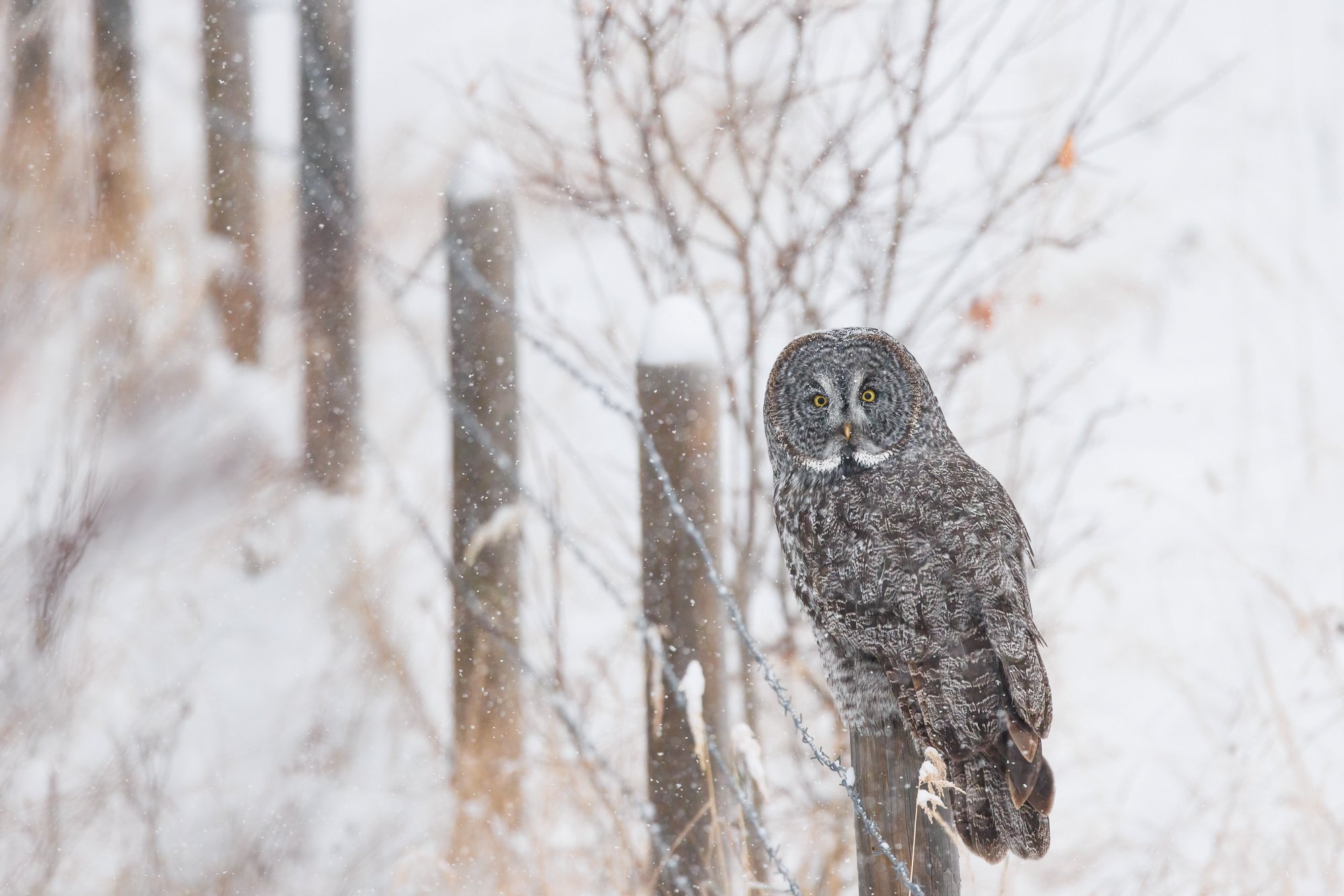

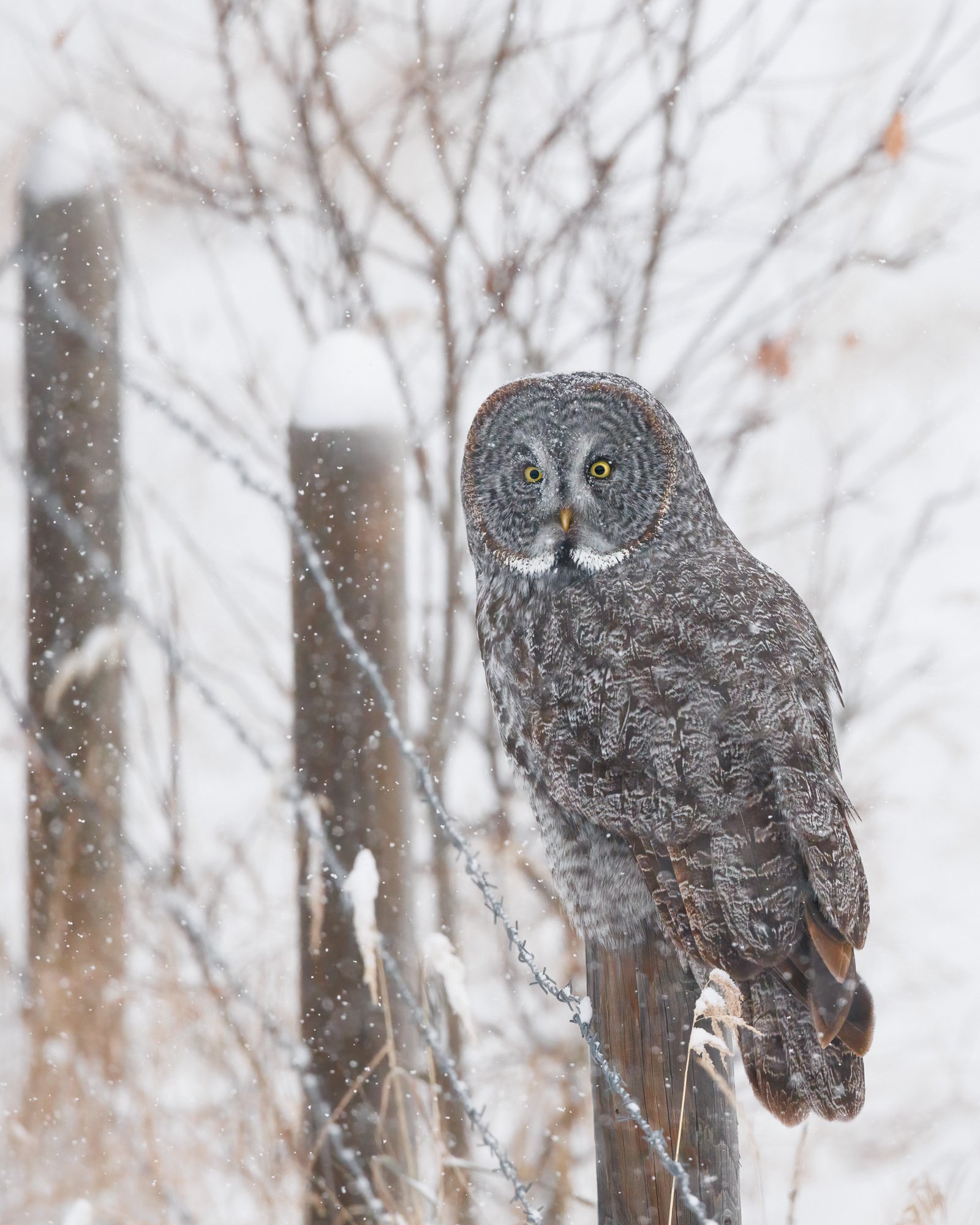
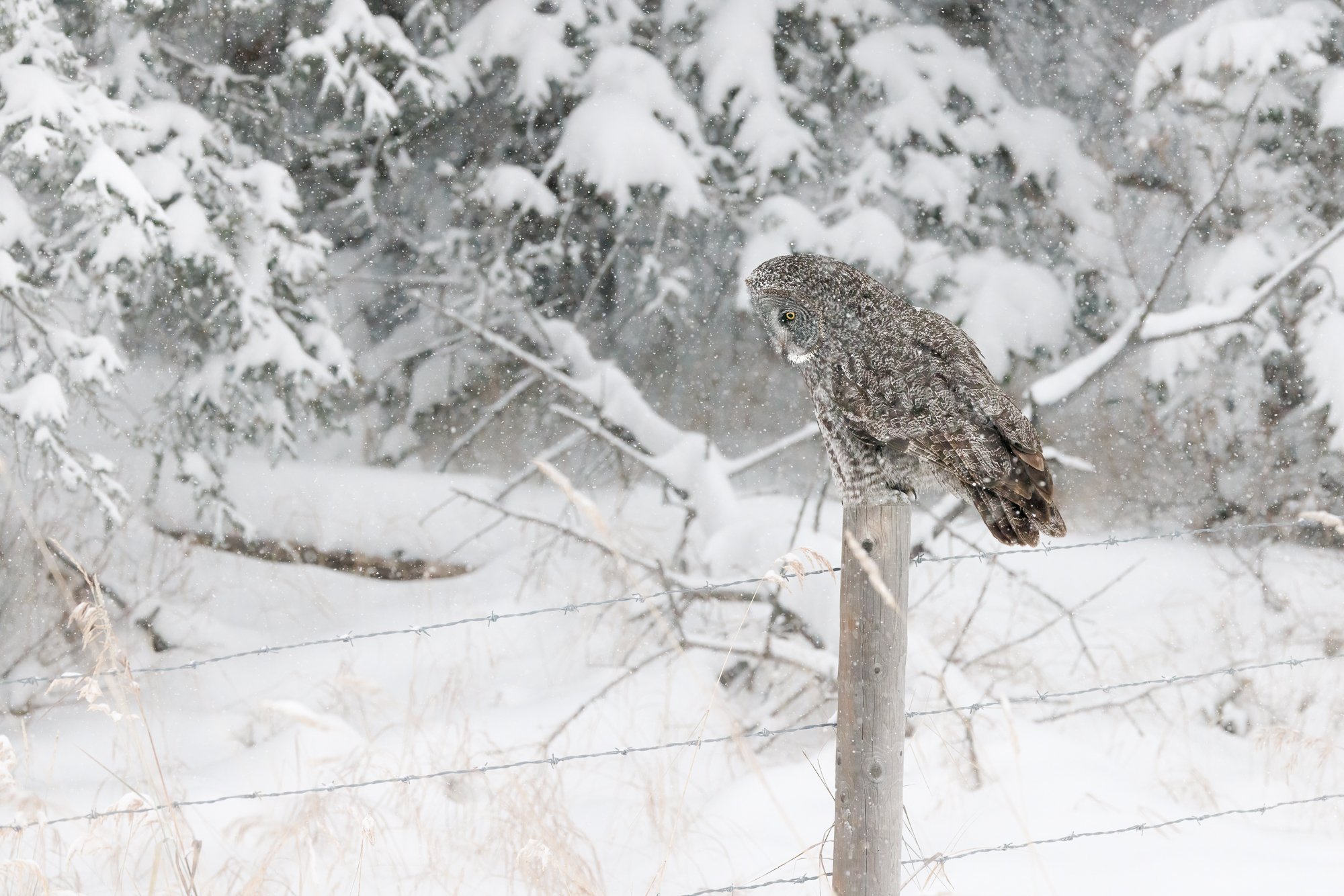
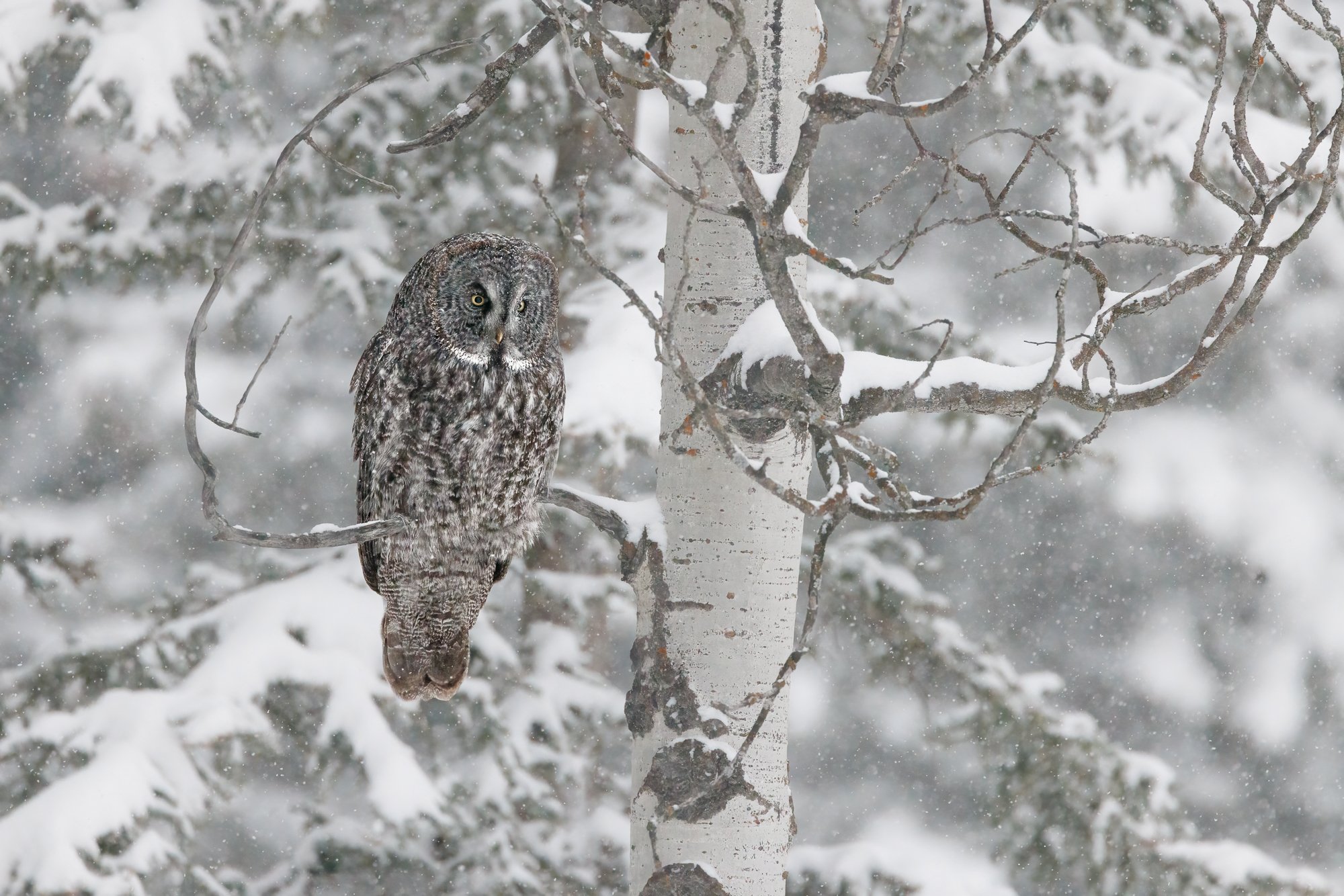
I had such an amazing experience photographing the Great Gray Owls in their natural habitat with the help of a talented guide! I cannot wait to go back!
Can’t find what you’re looking for? Use the Search option below.
Wildlife photography surprises: I set out to photograph bears but discovered merganser birds instead. Learn about my unexpected adventure and tips for photographing waterfowl.
Nestled along the rugged coastline of Northern California, Point Reyes National Seashore stands as a beacon of natural beauty and biodiversity. This pristine stretch of land encompasses over 71,000 acres of protected wilderness.
The Diverse Beauty of Point Reyes National Seashore beckons nature enthusiasts and adventure seekers alike to explore its stunning landscapes and rich biodiversity located on the rugged Pacific coast of California.
When we planned our trip to Montana/Wyoming in early May there were a few things we expected. We expected to see bison, maybe coyotes, beautiful scenery, and hoped for bears and other animals. We expected the weather to be chilly. And, we planned to stay in a comfortable hotel, eat good meals, and DRIVE A LOT! We didn’t expect to see the amazing Harlequin Ducks in Yellowstone NP. Thanks to our guide, we did!
There is a small greenbelt area in the center of a little town near where I live. As I was driving down the Main Street, I noticed a rookery in a large tree near the center of the greenbelt. It was full of great egrets and great blue herons as well as a few other smaller birds. I was so surprised to see them, but they have apparently adapted to city life. When I returned a few days later I was able to capture the snowy egrets’ courting ritual and nest building.
Although I enjoy photographing large mammals, the reality is that birds are the most available wildlife to me. Learning wildlife photography and animal behavior has been instrumental in achieving wildlife photographs.
When arising early in the morning when it is still dark to go out and photograph something, there is never really any insurance that conditions will be just right. There are lots of apps for offering information about conditions, and they can be quite accurate; but the bottom line is, you just don’t know for sure.
Being very cognizant of the guidelines of the ‘Nature First’ principles, we were quite careful not to disrupt the natural routines of the wild animals in the area. By using long lenses and keeping a careful distance, we were able to observe these animals as they went about their day, dawn to dusk, hunting for food for themselves and their offspring. Great patience is required for wildlife photography.
In the past six months or so, I’ve had the opportunity to photograph nature and wildlife in the Yellowstone National Park. This post is primarily about the American Bison and their ability to survive in all sorts of weather. Sometimes called buffalo or American buffalo, their scientific name is bison and they are not closely related to buffalo.
If you’ve ever been to Point Reyes National Seashore, you know it’s so much more than the beach or the lighthouse or the cypress tree tunnel. I'm fortunate to be able to visit there fairly often (although not as often as I’d like). the last few times I’ve been more focussed on wildlife. Regardless, photography subjects abound at Point Reyes National Seashore!
When we planned our trip to Montana/Wyoming in early May there were a few things we expected. We expected to see bison, maybe coyotes, beautiful scenery, and hoped for bears and other animals. We expected the weather to be chilly. And, we planned to stay in a comfortable hotel, eat good meals, and DRIVE A LOT! We didn’t expect to see amazing Harlequin Ducks in Yellowstone NP. Thanks to our guide, we did!
Unlike the summer months when the national parks are teaming with visitors, winter brings far fewer visitors. In fact, in Yellowstone NP, the public is required to enter the park only with a licensed guide from December 15 through March 15. It’s easy to see why with the amount of snowfall that the park gets. For us, traveling in the park in winter requires specialized vehicles - snow coaches. For the animals it all about surviving winter in Yellowstone National Park.
With the changing seasons, birds are migrating through the Pacific Flyway here in Northern California. There are some waterfowl who hang around all year and feed in the flooded rice fields. Once such species is the white faced ibis.
My friends who photograph wildlife are not shy about hiring a guide to assist us in finding the animals. The guides keep track of the animals by knowing their behaviors and life patterns - hunting, mating, raising their young. Knowing these behaviors helps us avoid unnecessarily disturbing the animals which is definitely something we DO NOT WANT TO DO. Although on this particular day we went for the bobcats, we got so much more!
The roads were icy, the air was freezing, and there was snow everywhere. We arrived in Calgary just after their first major snow storm of the season. In the early morning hours while it was still dark, our guide picked us up and we were on our way to find, see, and photograph the Great Gray Owls of Alberta that live in the forests an hour or so outside of Calgary.
For more years than I can remember, I have wanted to visit Alaska. Seems like a reasonable desire, yet over the years different events prevented that from happening. And, there is always the planning - what area to visit, when can I squeeze it in, how will I travel there, and the questions go on. Finally, this summer, everything aligned and I was able to not only visit part of Alaska, I did it with a photography workshop aboard a vintage 1929 boat/ship, the David B.
When my friend, Maria, invited me last winter to go with her to photograph the wild horses in the desert of Nevada, I absolutely said, “YES!”. I have admired Maria’s work for a long time. She is a lover of horses and fine art photography so she executes her images with amazing creativity and heart. It is easy to see why her work has received so many accolades and hangs on the walls of serious collectors. It was a privilege for me to tag along.
Being very cognizant of the guidelines of the ‘Nature First’ principles, we were quite careful not to disrupt the natural routines of the wild animals in the area. By using long lenses and keeping a careful distance, we were able to observe these animals as they went about their day, dawn to dusk, hunting for food for themselves and their offspring. Great patience is required for wildlife photography.
It’s mating season for the Mute swans and they perform a very elegant mating ritual which we wanted to photograph. We had gotten to our destination at daybreak when the geese, swans, and other wildlife seemed to be just waking up. It was quite calm and peaceful without much activity.
I enjoy shooting multiple genres. So a couple of years ago, I began learning to shoot wildlife - mainly birds. The Sandhill Cranes are one of the species that occupy our area during the late fall and winter. Armed with only a brief description the location in which I might find them, I headed out very early to locate and photograph them. It's hard to find birds, even very large birds, when it is still dark. But, I did.
The new year arrived with so many birds in January 2022. When the weather becomes cold and foggy or rainy, getting out for landscape photography is a little more difficult. So, I look for other things to shoot. In the Sacramento Valley, we are in the heart of the Pacific Fly Zone, so there's an abundance of migrating waterfowl. There are also lots of birds of prey.
* * * * * * *
As a published, featured northern California fine art photographer living in the greater Sacramento area, I specialize in fine art landscape and still life photography. My style is authentic, fresh and personality-driven. I offer several educational opportunities including workshops and photography mentoring. You can learn about them by going to SERVICES. While currently living in rural northern California with my husband and a couple thousand walnut trees, I post regularly to Instagram.
Please CONTACT ME with any questions or to schedule your learning session.
Serving Yuba City/Marysville, East Nicolaus, Wheatland, Lincoln, Woodland, Davis, Roseville, Rocklin, and the greater Sacramento area.
(530) 633-7575

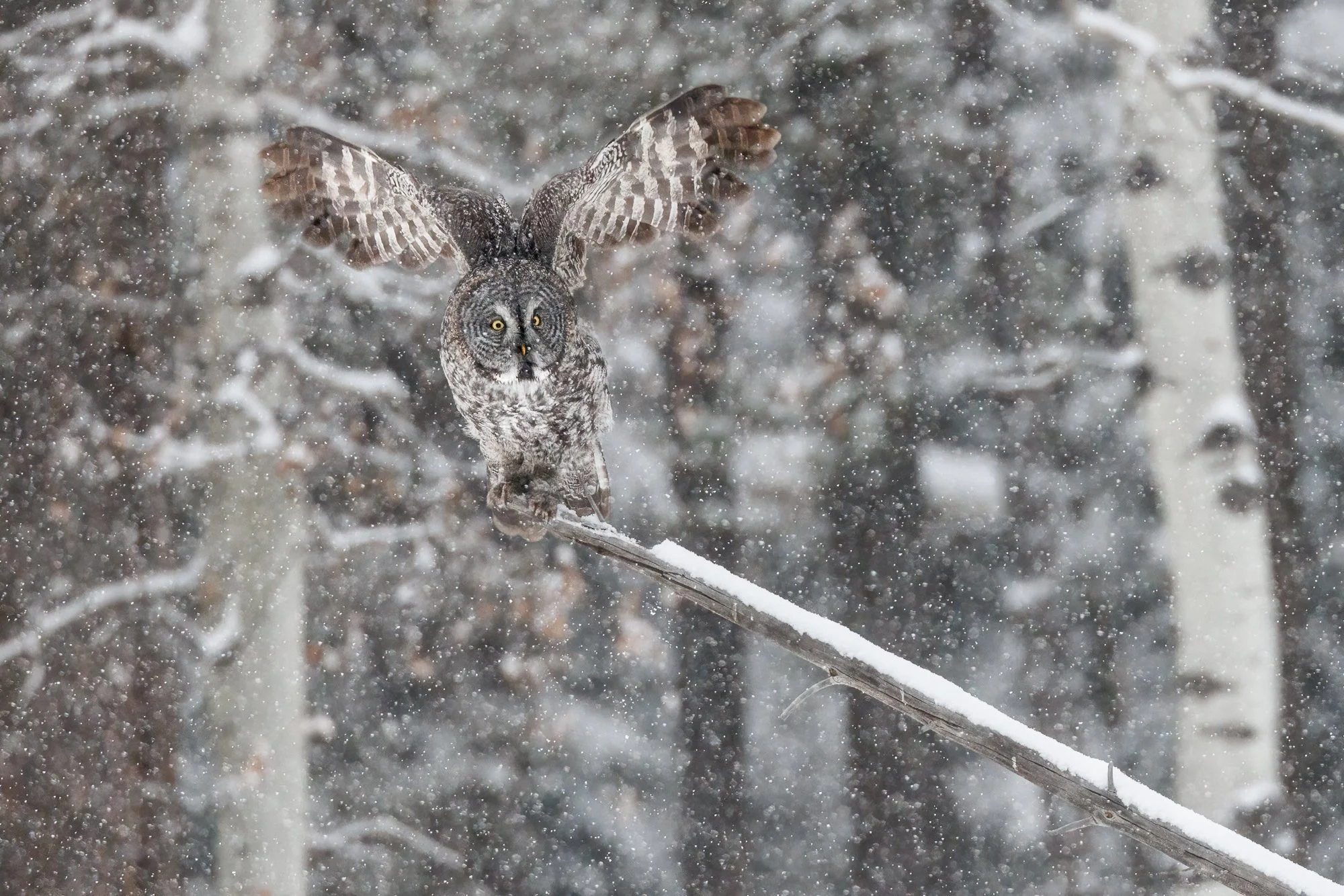

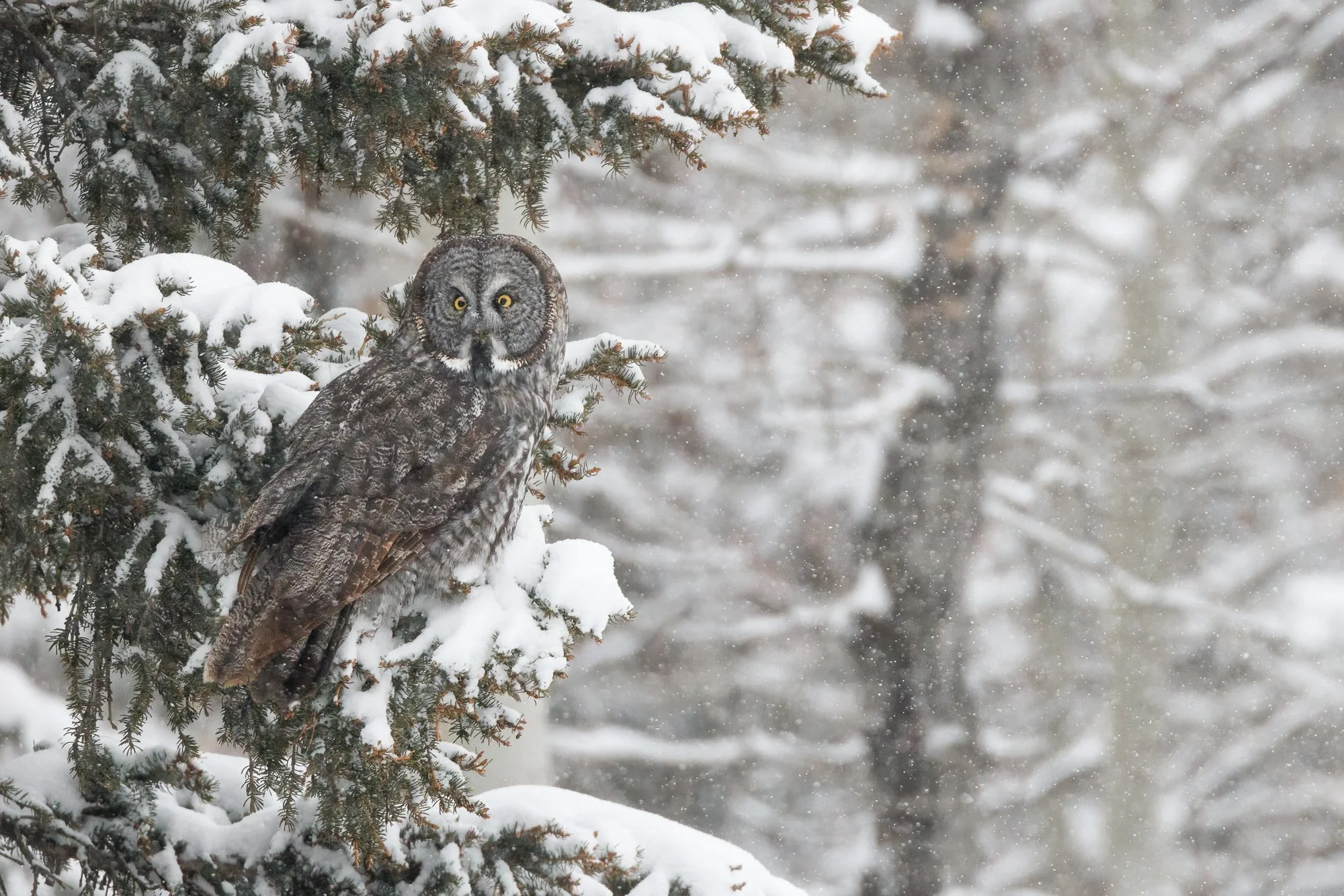

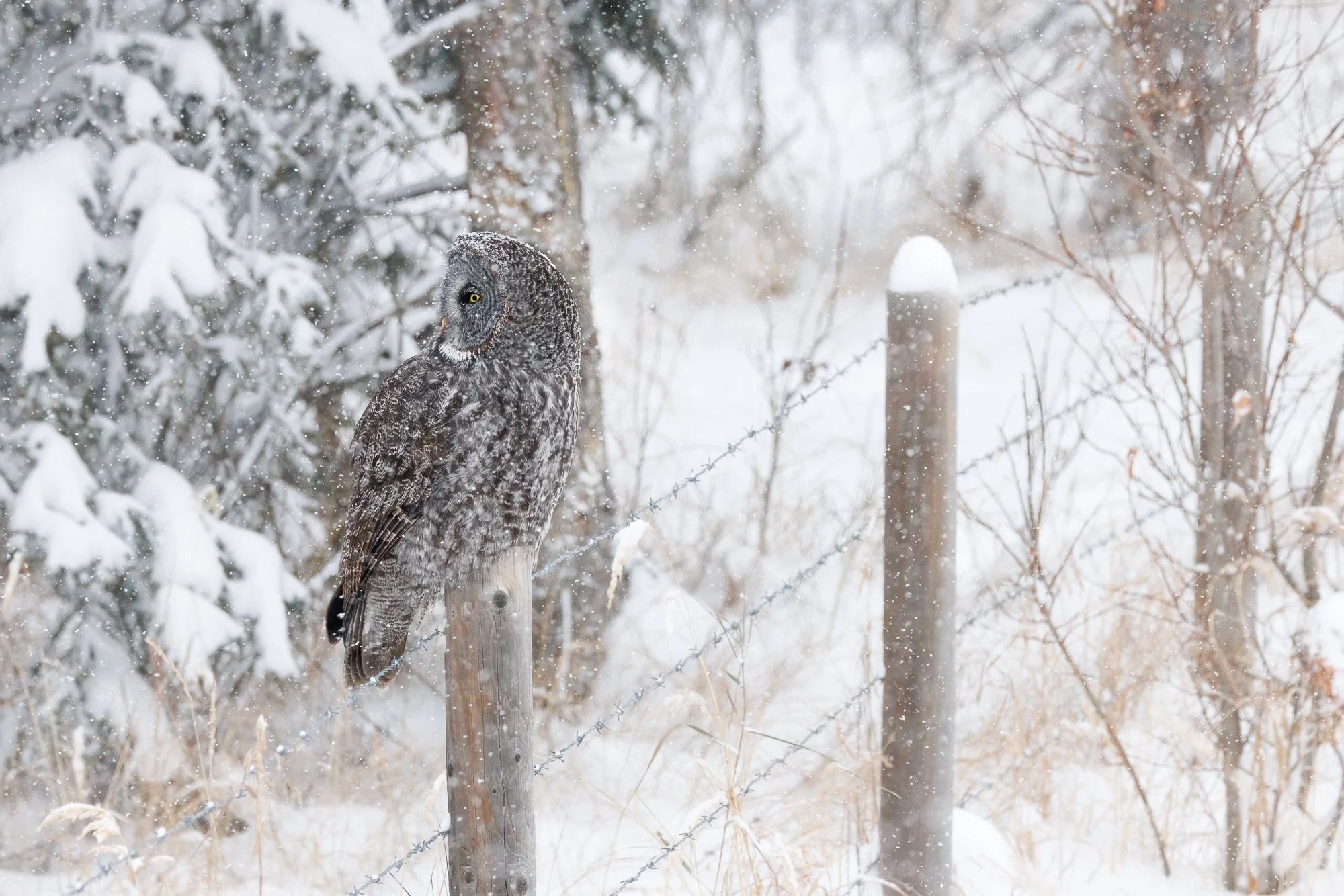


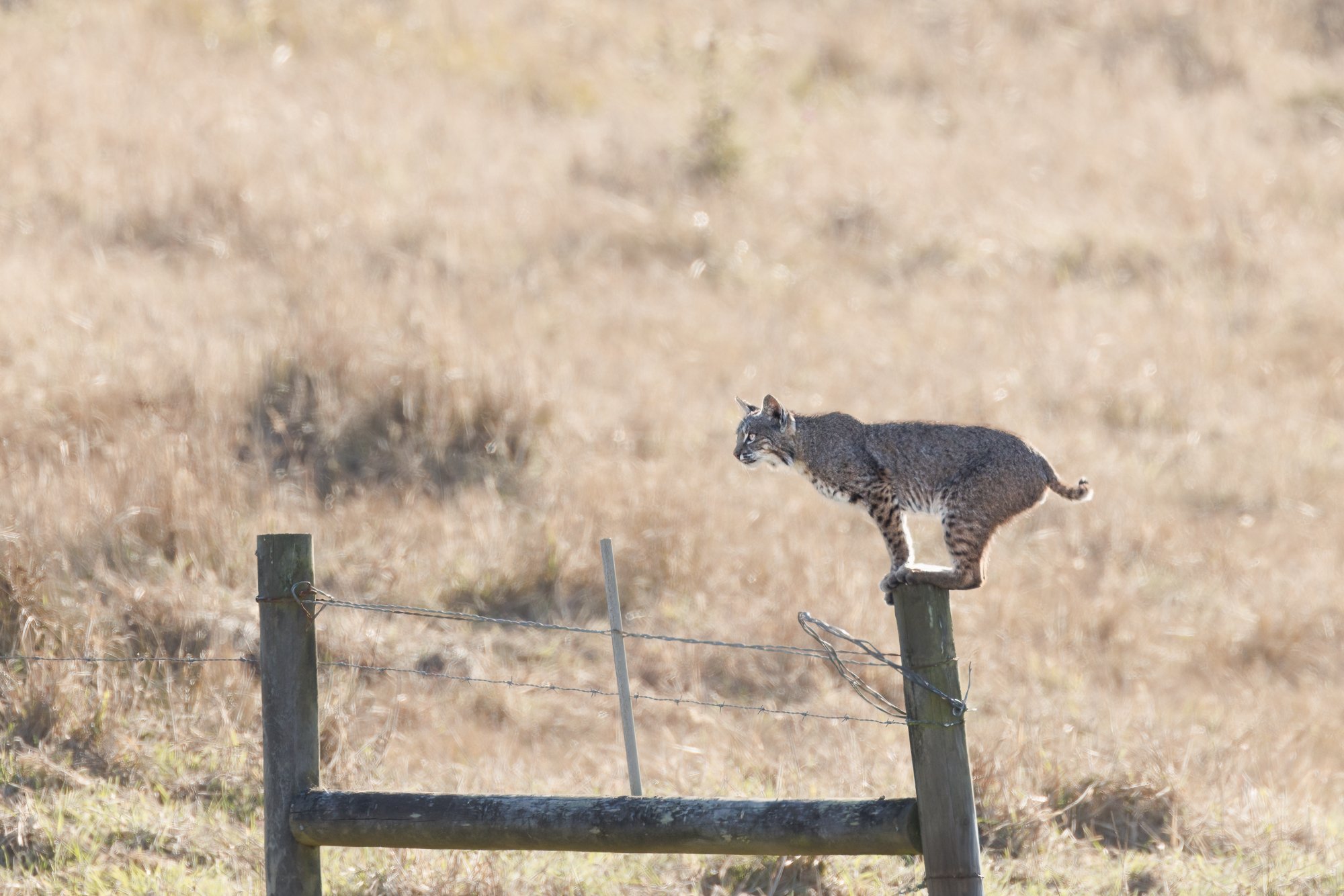
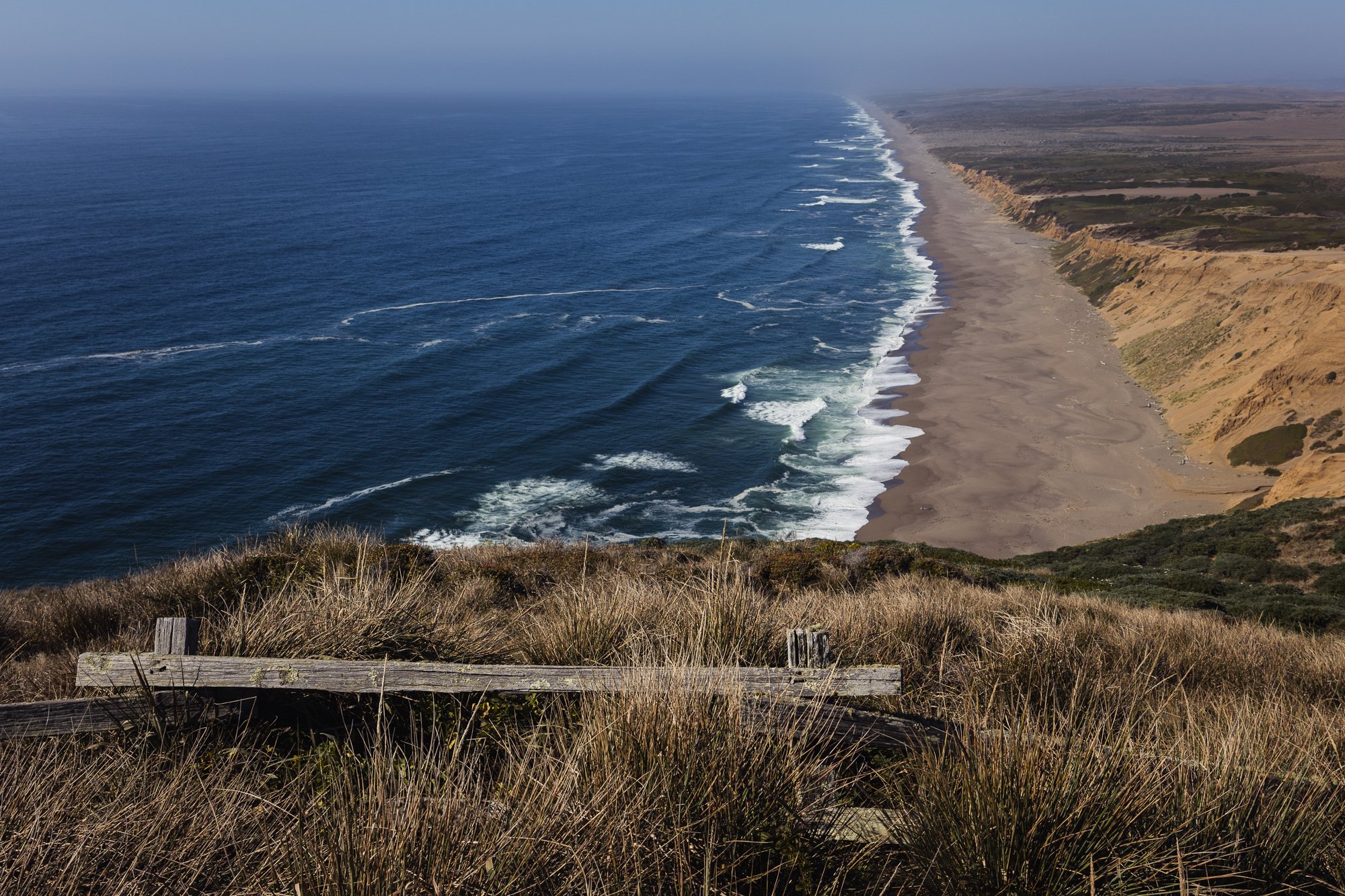


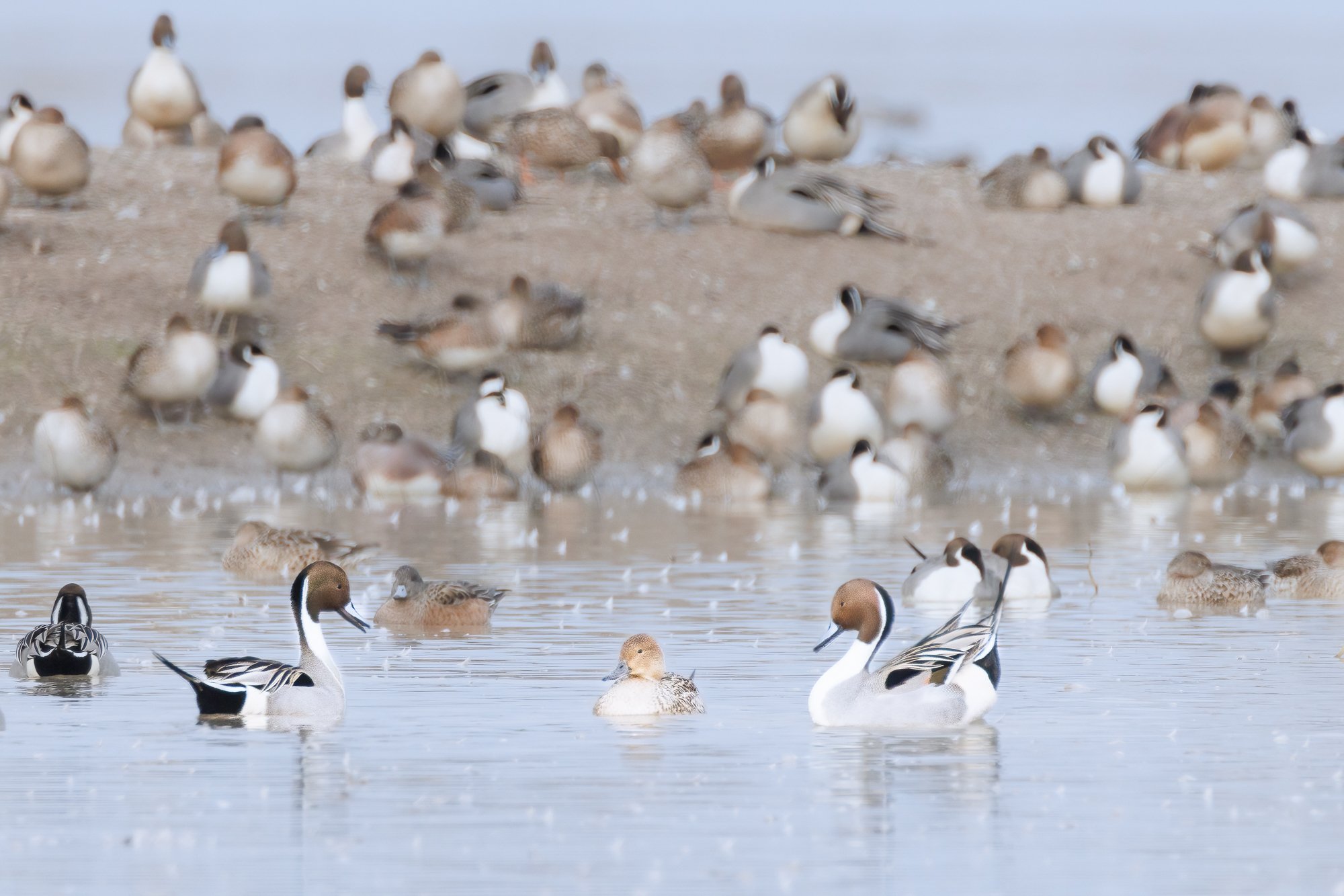
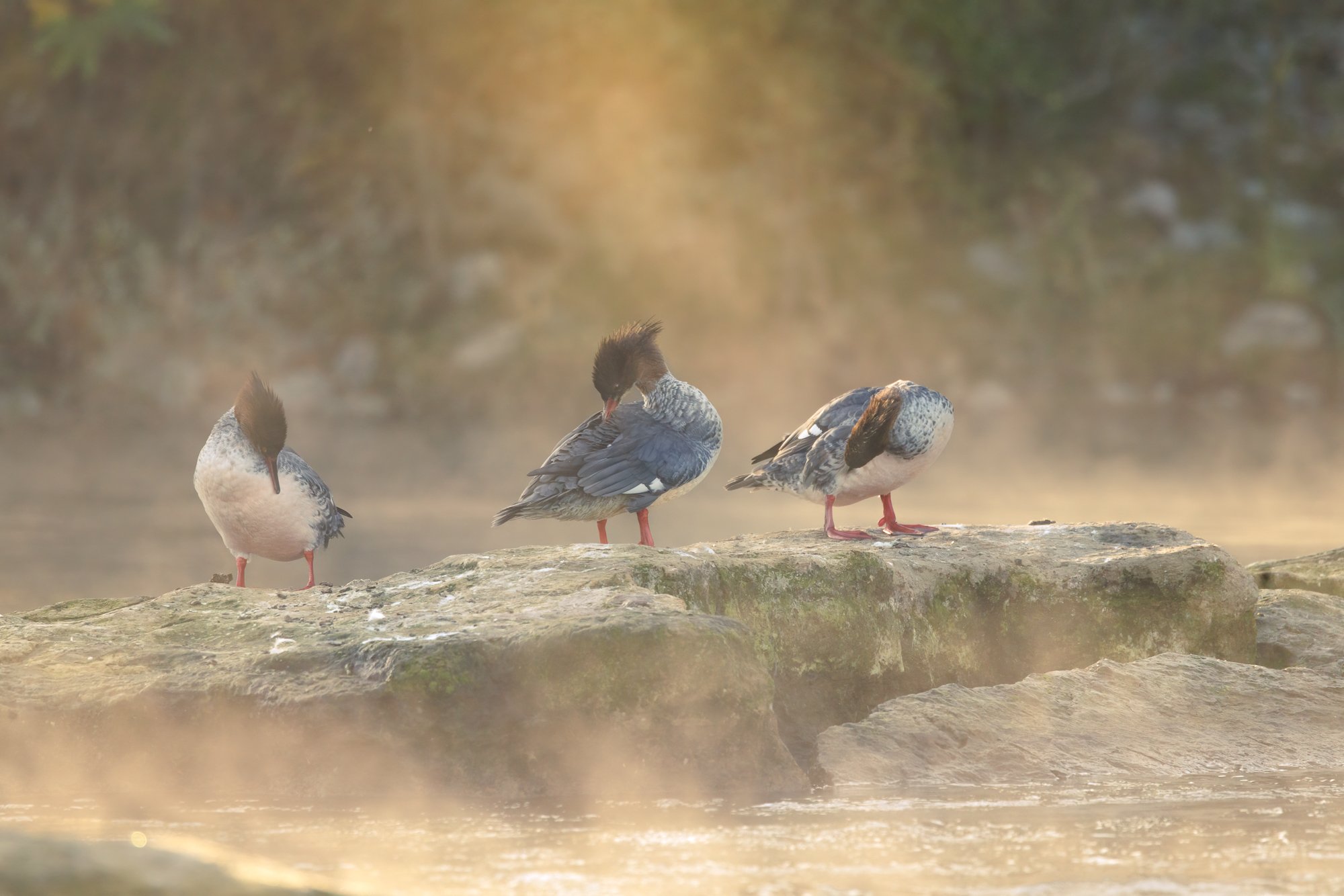

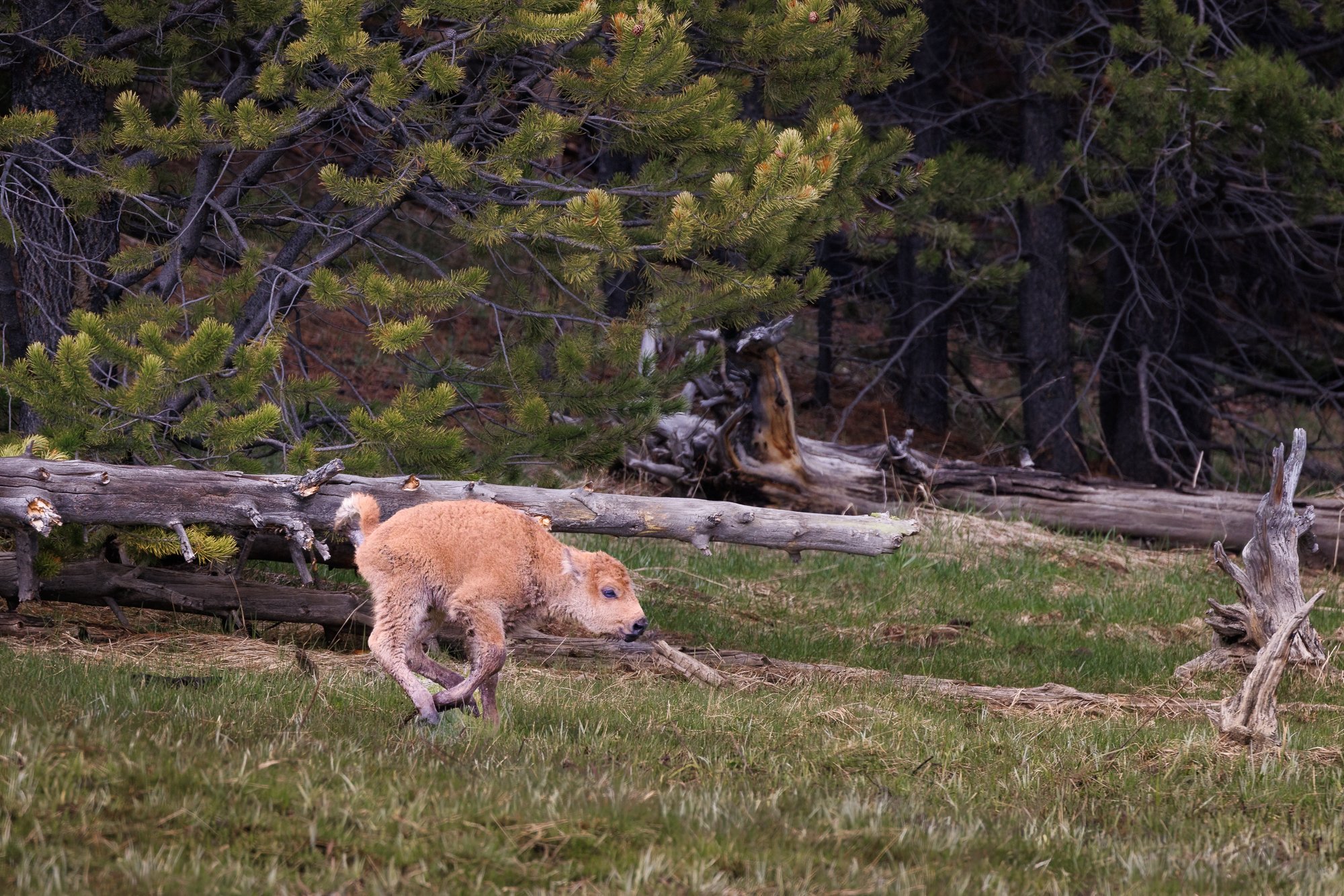

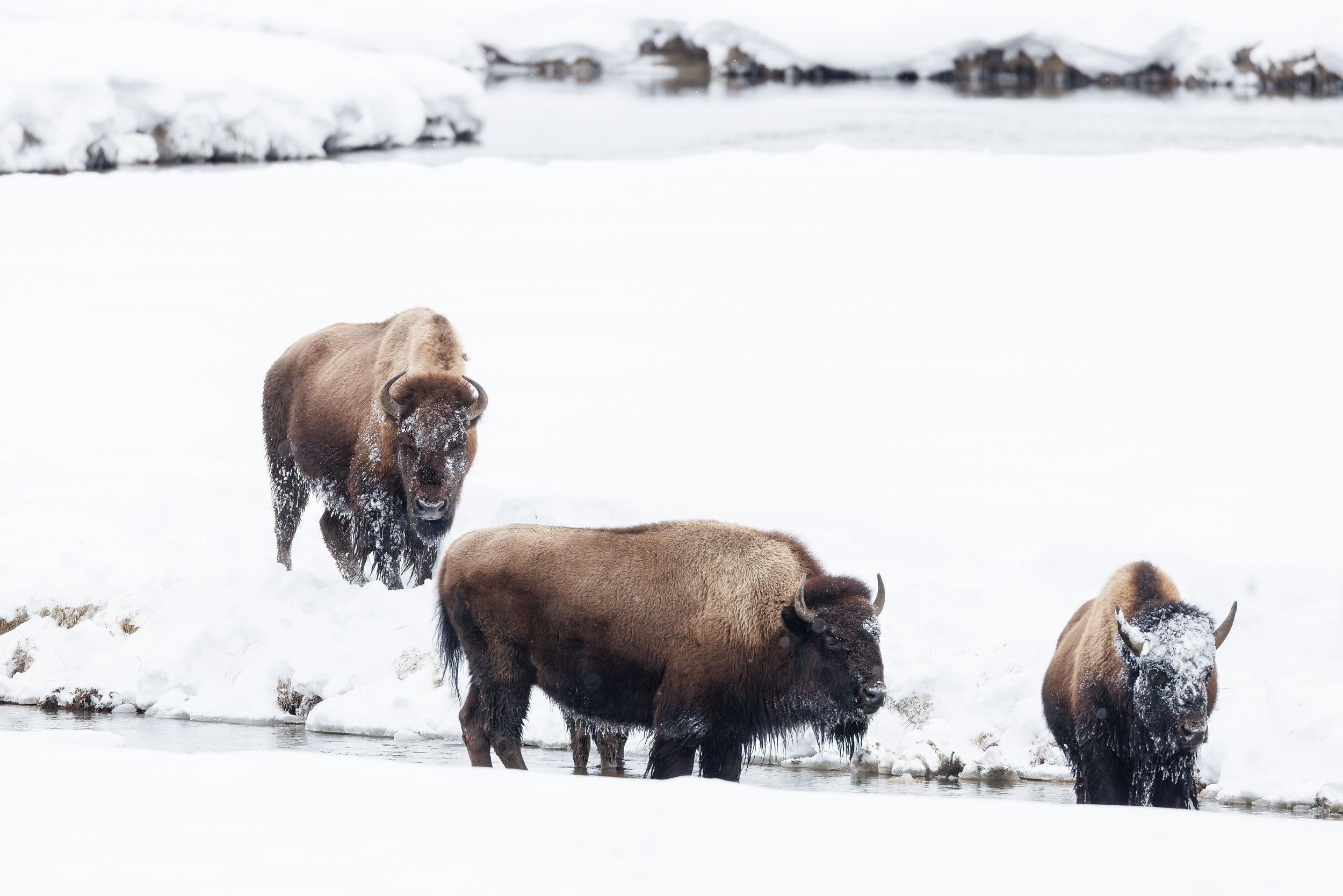
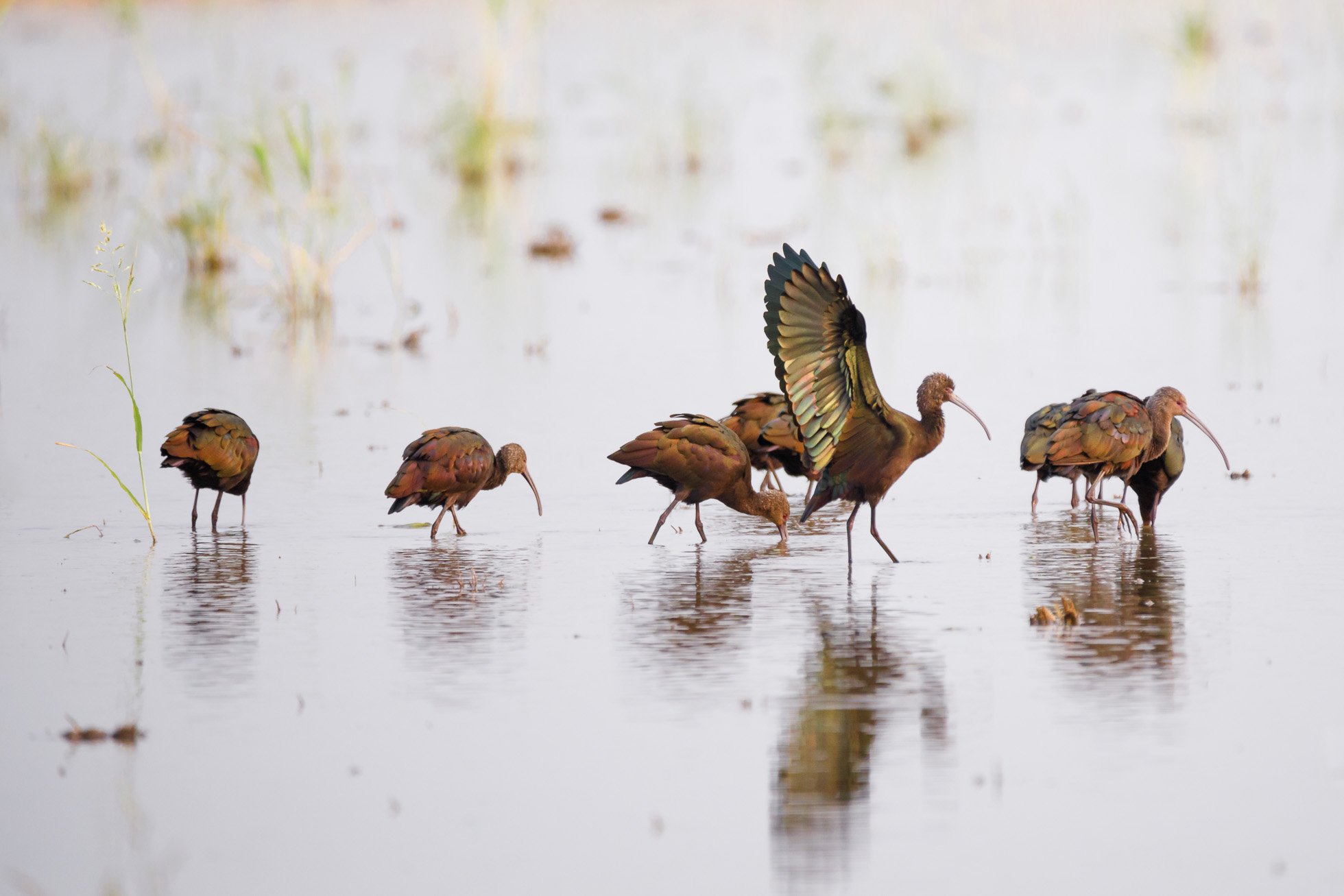





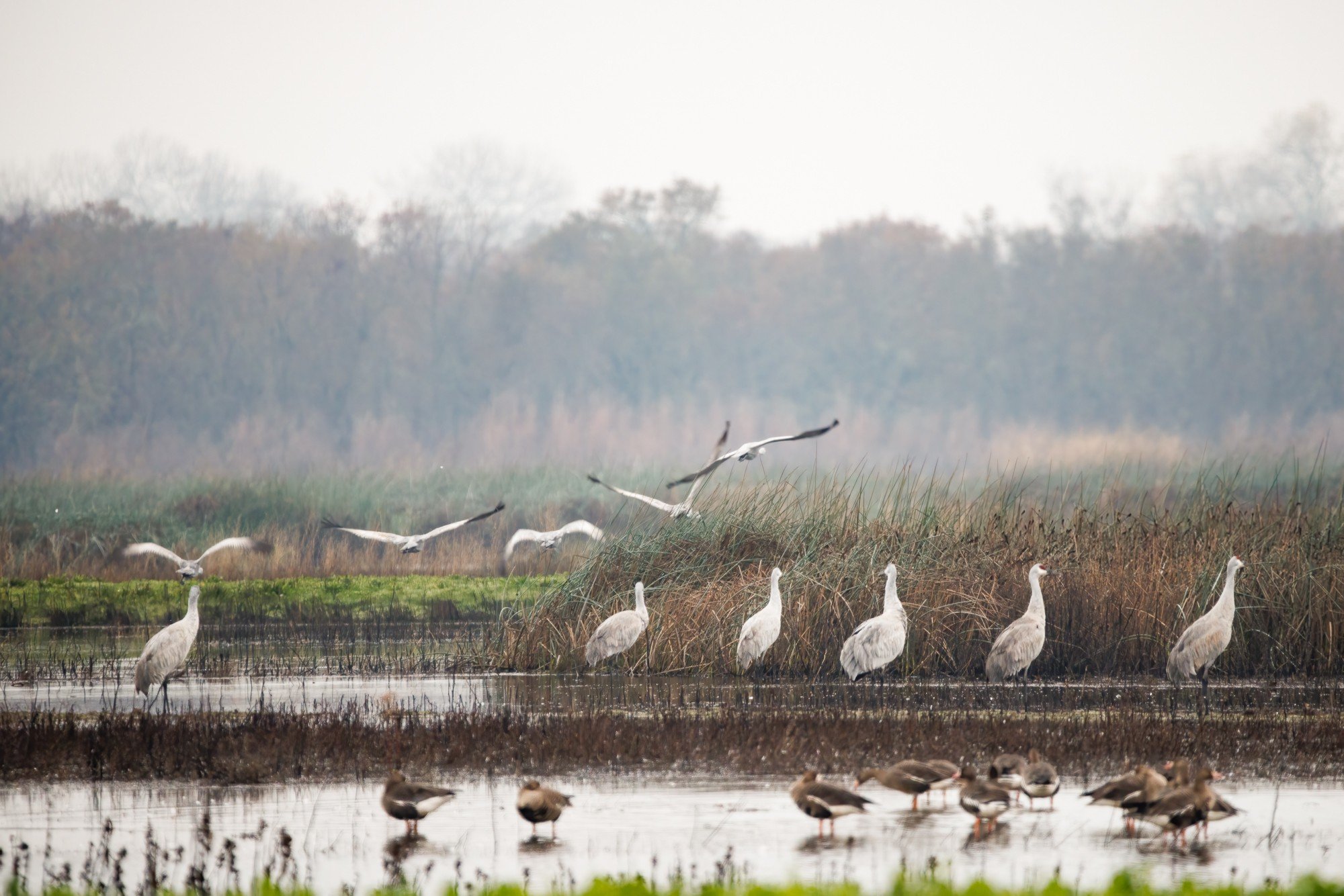
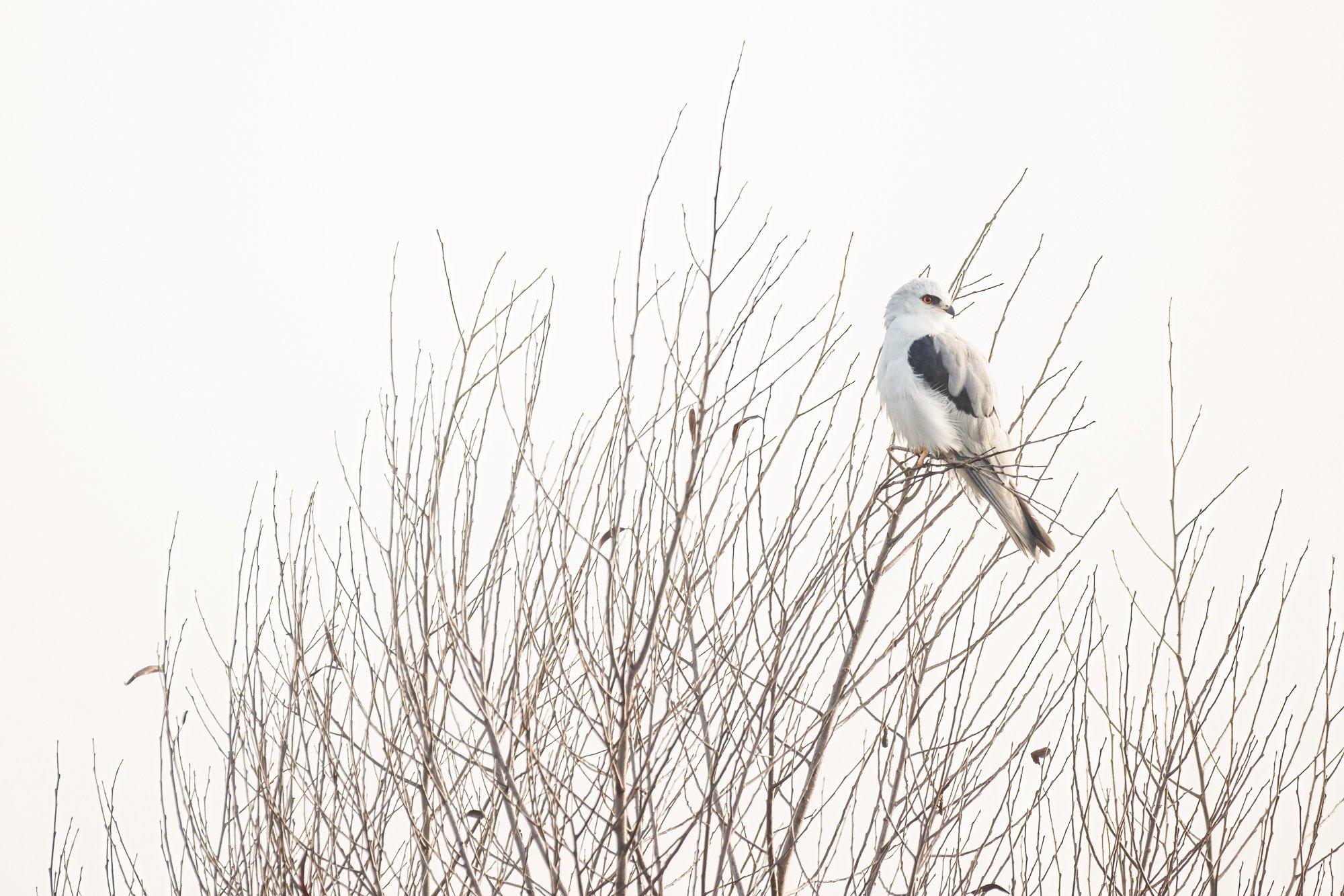
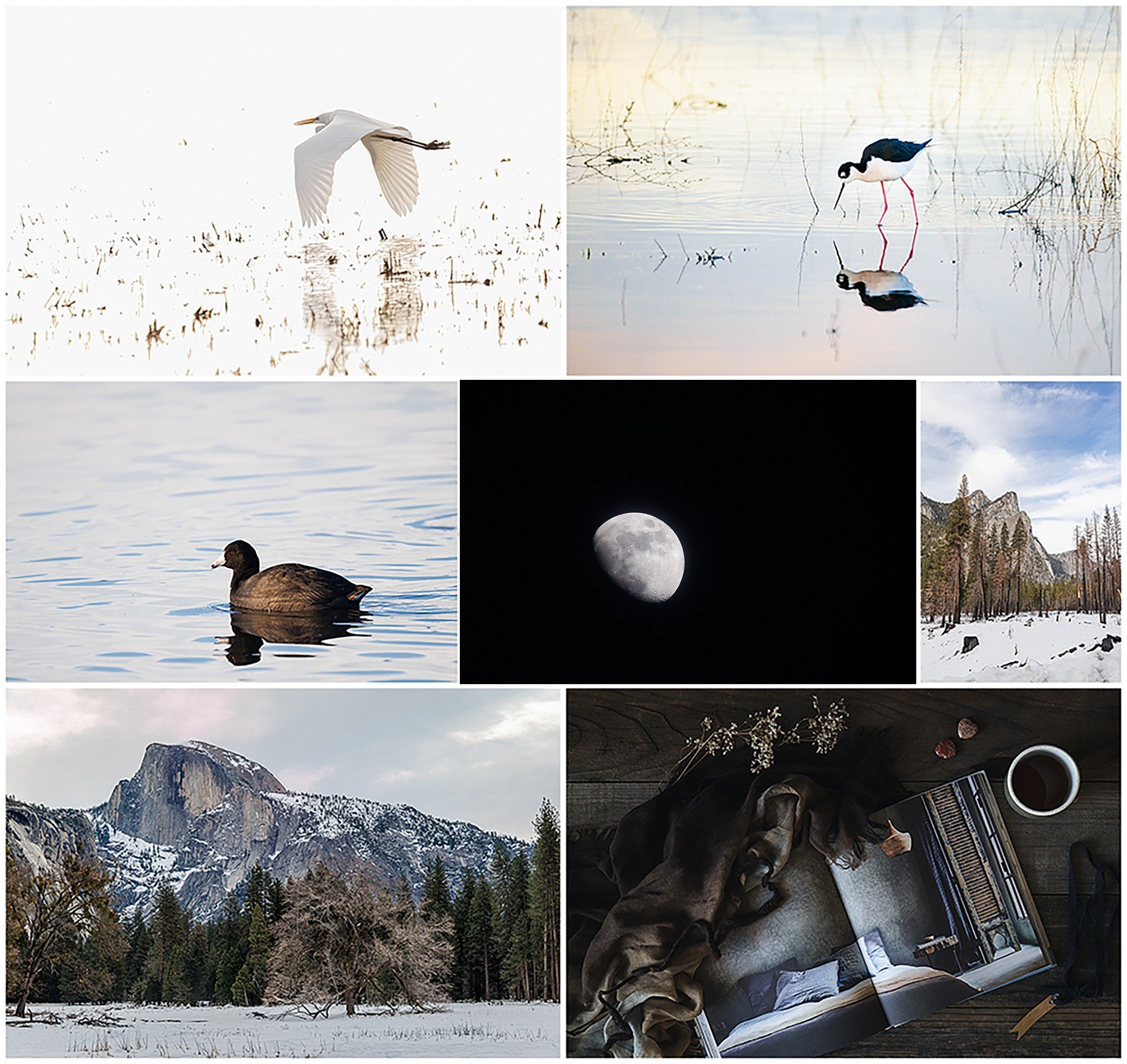





Foxes are fascinating and elusive creatures. So when a friend said she knew the location of some foxes and suggested we go photograph them, I was all in!